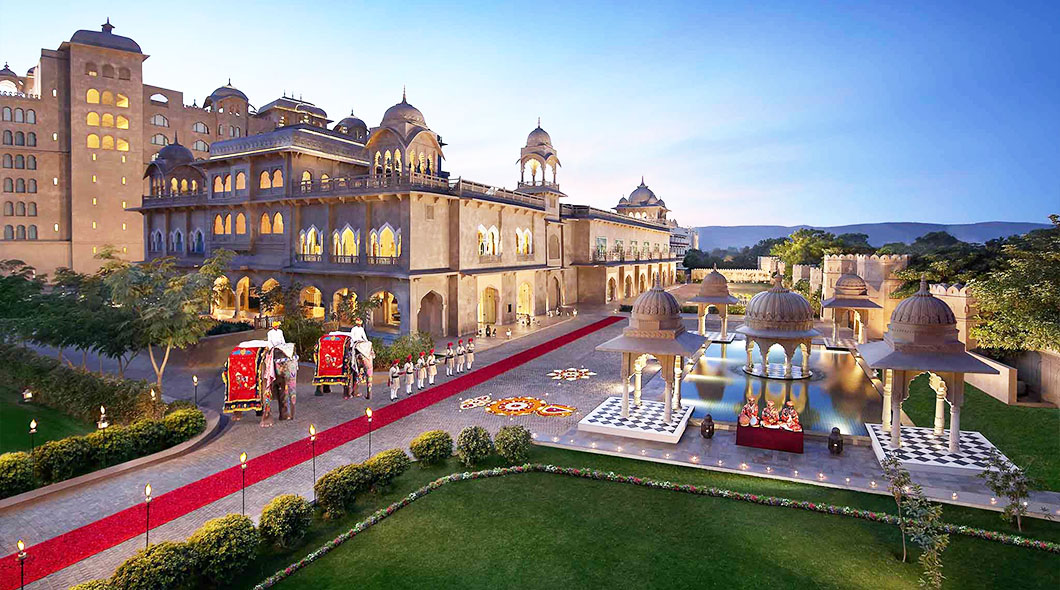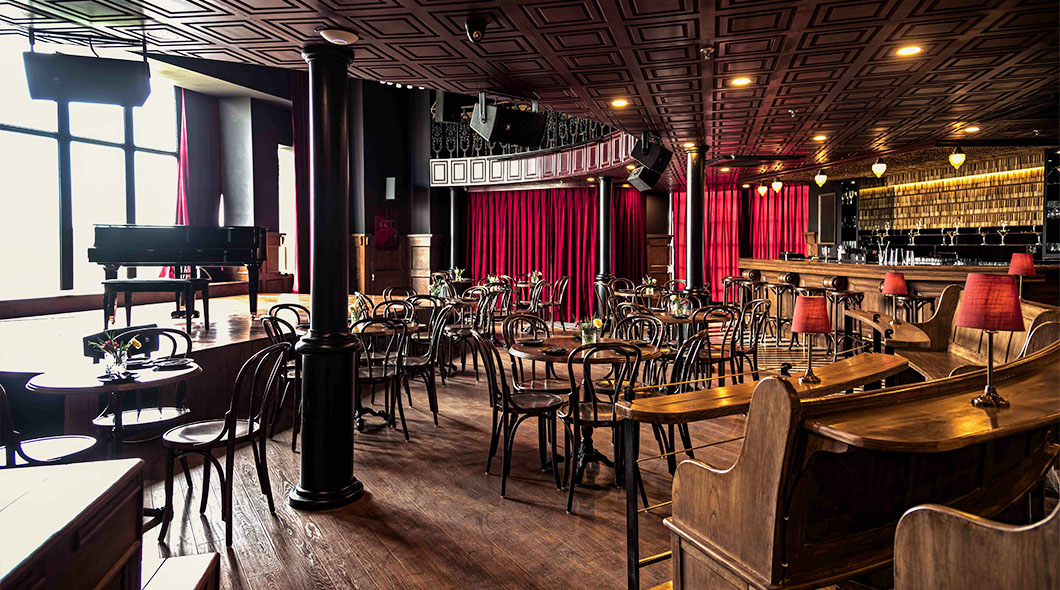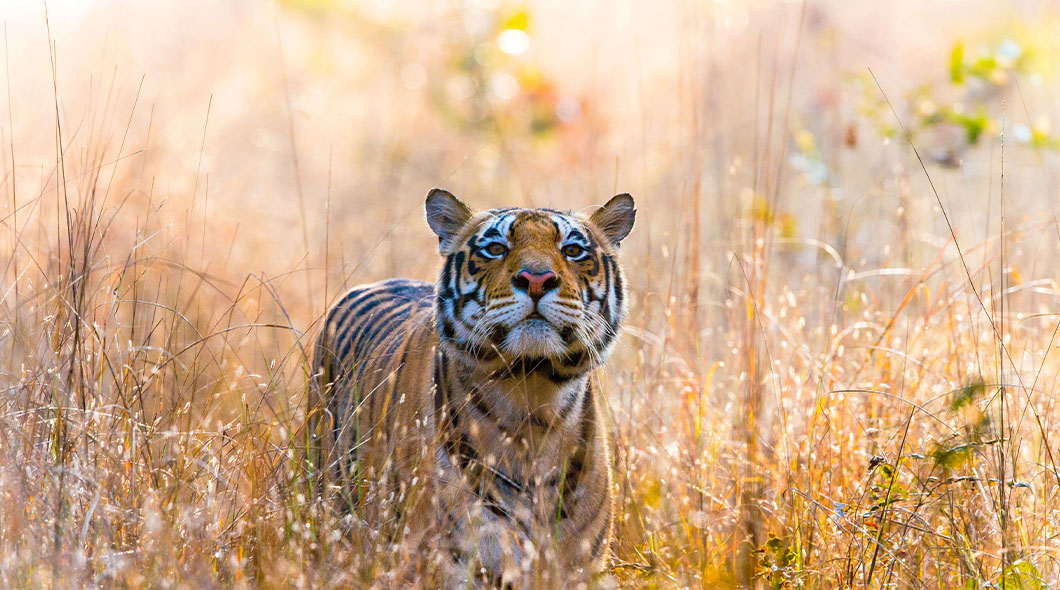Covered with flowers of as many colors, shapes, and sizes as you can think of, surrounded by snow-capped mountains with gentle streams flowing down the cliffs and occasional mist surrounding the region, Phoolon ki Ghati i.e., the Valley of Flowers is as magical as it sounds.
Although it takes a difficult trek to reach what you get to witness toward the end is just surreal. Well, it’s not just the views, there’s more to why Valley of Flowers is one of the most popular treks in the Himalayas. And we will discover all of that in this brief guide. So, keep reading.
Why Visit the Valley of Flowers?
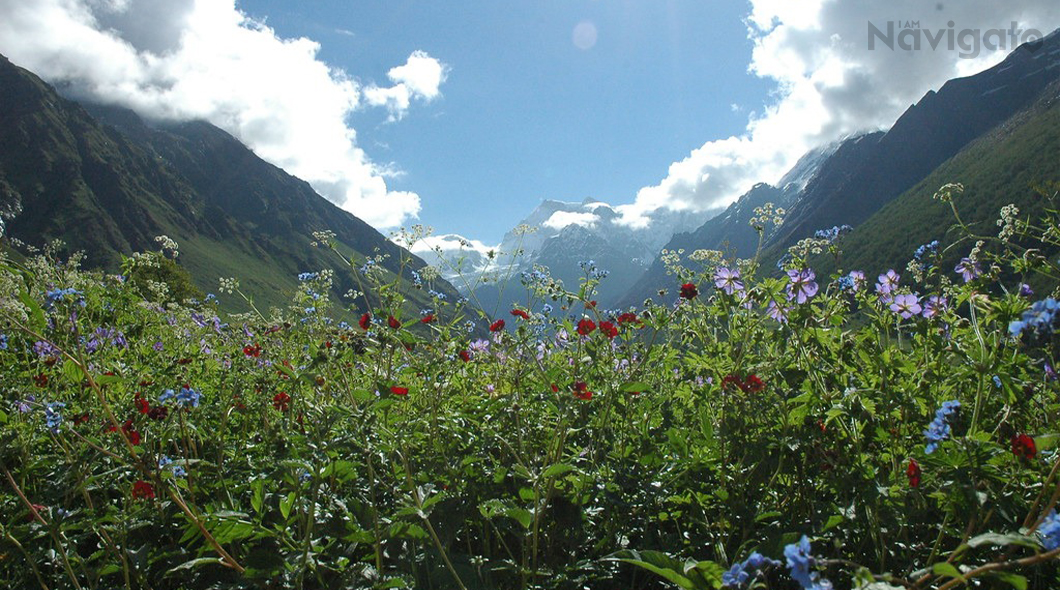
The Valley of Flowers is a UNESCO World Heritage site that feels like nature’s very own botanical garden. Discovered by British mountaineer Frank Smythe in 1931, this stunning valley is home to over 600 species of flowers. It’s a treat to the eyes especially during the months from June to September when the entire valley explodes with so many vivid colors and blooms that you just won’t be able to resist capturing it in your cameras.
The flora includes rare and endangered species such as the Blue Poppy, Cobra Lily, and Brahma Kamal. But it’s not just about flowers; the valley also offers stunning views of the Himalayas, lush green meadows, and calm, serene rivers.
Best Time to Visit
While marking your calendars for the trek, make sure to be mindful of the timings if you want to experience the best of Valley of Flowers.
The best time to trek to Valley of Flowers is from mid-July to mid-August, right in the middle of the monsoon season when the flowers are in full bloom. The monsoon rains just add to the beauty of the flowers, making them look even more vibrant. The temperatures range between 7°C to 20°C (which is ideal for trekking) and the weather is cool with clear skies and the flowers being at their vibrant best.
However, be prepared for occasional showers and carry appropriate rain gear.
How to Get There?
Reaching the Base Camp : Govind Ghat
Your journey to the Valley of Flowers starts at Govind Ghat, a quaint little town about 292 kilometers from Rishikesh. Here’s a quick rundown of how to get there:
By Air: The nearest airport is Jolly Grant Airport in Dehradun. From there, you can hire a taxi or take a bus to Govind Ghat, which is about a 10-hour drive.
By Train: The nearest railway station is Haridwar, which is well-connected to major cities in India. From Haridwar, you can hire a taxi or take a bus to Govind Ghat.
By Road: If you love going on road trips, you can just drive to Govind Ghat. The roads are in pretty good condition, and the scenic views along the way are a bonus!
Trekking from Govind Ghat to Ghangaria

From Govind Ghat, you’ll start your trek to Ghangaria, which is the base camp for the Valley of Flowers. The trek is about 14 kilometers which you can cover in around 6-7 hours. But before you plan to leave, make sure to consider the following points:
- Start Early: Begin your trek early in the morning. This will help avoid the midday sun and keep you all cool and calm
- Hydrate and Fuel Up: Carry enough water to keep yourself hydrated through the trek along with this, also make sure to pack some snacks like nuts, dry fruits, granola bars, etc. to fuel your body with some energy. You can also find a few small eateries along the way, but I’d always suggest to all come prepared.
- Take It Easy: The best part about the Valley of Flowers trail is that it’s well-marked and not too steep. Hence, you don’t get to do much of the heavy lifting and can pave your way while enjoying the scenic views.
The Trek to Valley of Flowers
From Ghangaria to the Valley of Flowers
Once you’ve rested up in Ghangaria, it’s time for the main event! The trek from Ghangaria to the Valley of Flowers is about 3.7 kilometers. Here’s what to expect :
- Entry Fees and Timings: The entry fee is ₹150 for Indians and ₹600 for foreigners. The valley opens at 7:00 AM and closes at 5:00 PM. Make sure to carry your ID for the permits.
- Trail Highlights: The trail is a mix of flat paths and gentle inclines. As you walk, you’ll be surrounded by an array of flowers – blue poppies, cobra lilies, and daisies, just to name a few. So, keep your camera ready because every turn is just picture-perfect!
- Wildlife: Keep an eye out for some wildlife too. You might spot colorful butterflies, Himalayan birds, and even a musk deer if you’re lucky enough.
Essential Gear and Packing Tips
Packing right can make or break your trekking experience. Therefore, here’s a checklist to ensure you’re well-prepared:
- Clothing: Layer up with moisture-wicking clothes, a warm jacket, and probably a raincoat (in case of rain). Also, don’t forget to carry a hat and sunglasses to protect yourself from the sun.
- Footwear: Invest in a good, comfortable pair of trekking shoes with a sturdy grip. Also, blisters are no fun, so make sure your shoes are well broken in before you set out for the trek.
- Backpack: Look for a backpack with broad, adjustable straps (that make it comfortable to carry) and multiple compartments (to keep all your stuff organized). Meanwhile, make sure to pack all your essentials and avoid overpacking.
- First Aid: Carry a basic first aid kit, including band-aids, antiseptic cream, painkillers, and any personal medications to handle any minor injuries and illnesses.
- Miscellaneous: Keep a trekking pole, a flashlight, a power bank, and a reusable water bottle handy. These are some of the things that you’d need more often than not.
Accommodation and Food
Staying in Ghangaria

Ghangaria offers a range of accommodations, from budget guesthouses to more comfortable lodges. Most places are basic but clean, providing all the necessities a trekker needs.
Food Options
You’ll find plenty of dhabas and small eateries in Ghangaria serving simple but tasty meals. Don’t miss out on the local cuisine – a hot plate of rajma-chawal (kidney beans with rice) after a day of trekking is pure bliss!
Tips for a Safe and Enjoyable Trek
- Acclimatize: Spend a day in Govind Ghat or Ghangaria to acclimatize to the altitude.
- Stay Hydrated: The high altitude can dehydrate you quickly, so drink plenty of water to keep yourself hydrated.
- Go Slow: Don’t rush the trek. Take breaks, enjoy the views, and listen to your body.
- Weather Check: Keep an eye on the weather forecast. The weather in the mountains can change in a blink, so it’s best to come prepared.
- Leave No Trace: Respect nature. Carry your trash back and leave the valley as beautiful as you found it.
Also Read : Leh Ladakh FAQs : A Guide to Answer All Your Queries
Beyond the Valley of Flowers : Hemkund Sahib
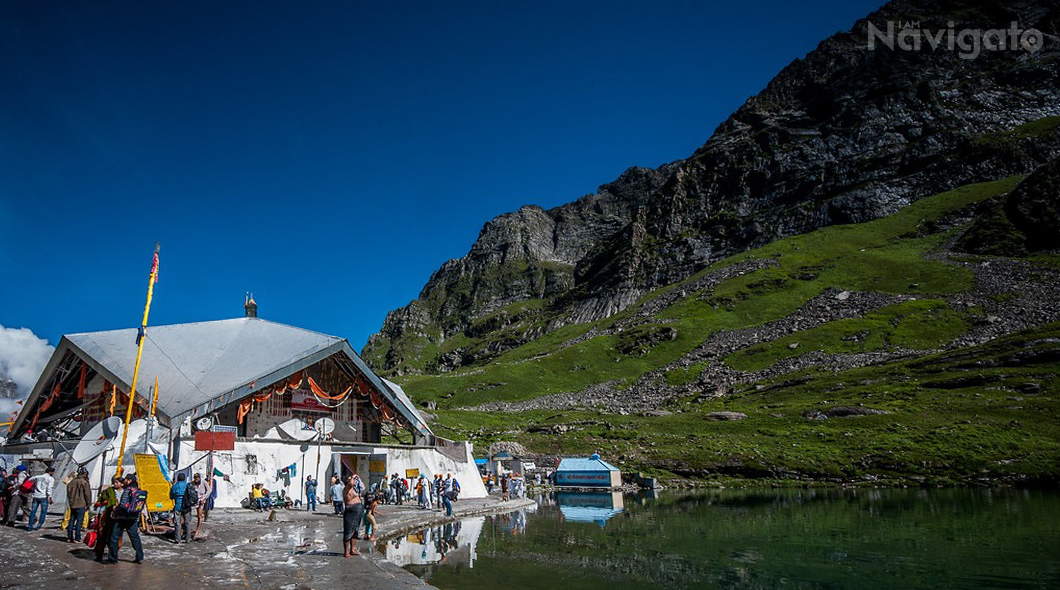
If you’ve got some extra time, don’t miss the trek to Hemkund Sahib, a revered Sikh pilgrimage site. It’s about 6 kilometers from Ghangaria and offers stunning views of a glacial lake surrounded by seven snow-capped peaks. The trek is a bit challenging but totally worth it for the serene beauty and spiritual vibes.
The Hemkund Sahib trek is steeper and more strenuous than the Valley of Flowers trek, but the rewards are immense. The Gurudwara at Hemkund Sahib, situated at an altitude of 4,632 meters, is one of the highest in the world. Pilgrims and trekkers alike are welcomed with open arms and can enjoy a hot meal (langar) at the gurudwara.
Takeaway
The Valley of Flowers trek is not just about the destination but the journey itself. It’s an experience that’ll bring you closer to nature and leave you with memories to cherish forever. So, pack your bags, lace up your trekking shoes, and get ready for the adventure of a lifetime!
Frequently Asked Questions (FAQs) :
Q. How many days are needed for the Valley of Flowers Trek?
A. You’ll need a minimum of 6 days to explore the Valley of Flowers. If you are traveling from far areas around the globe, the trip will round up for 8-12 days.
Q. Can beginners do the Valley of Flowers Trek?
A. Although the trek can be physically demanding, anyone with a good level of fitness can do the Valley of Flowers Trek.
Q. Is Valley of Flowers worth visiting?
A. Absolutely! The endless variety of flowers and the scenic mountain views are something no traveler should miss out on.
Q. Which month is best for Valley of Flowers?
A. The months between May to September are the best time to visit the Valley of Flowers as during this time, the flowers are in full bloom and the weather is also quite pleasant.


